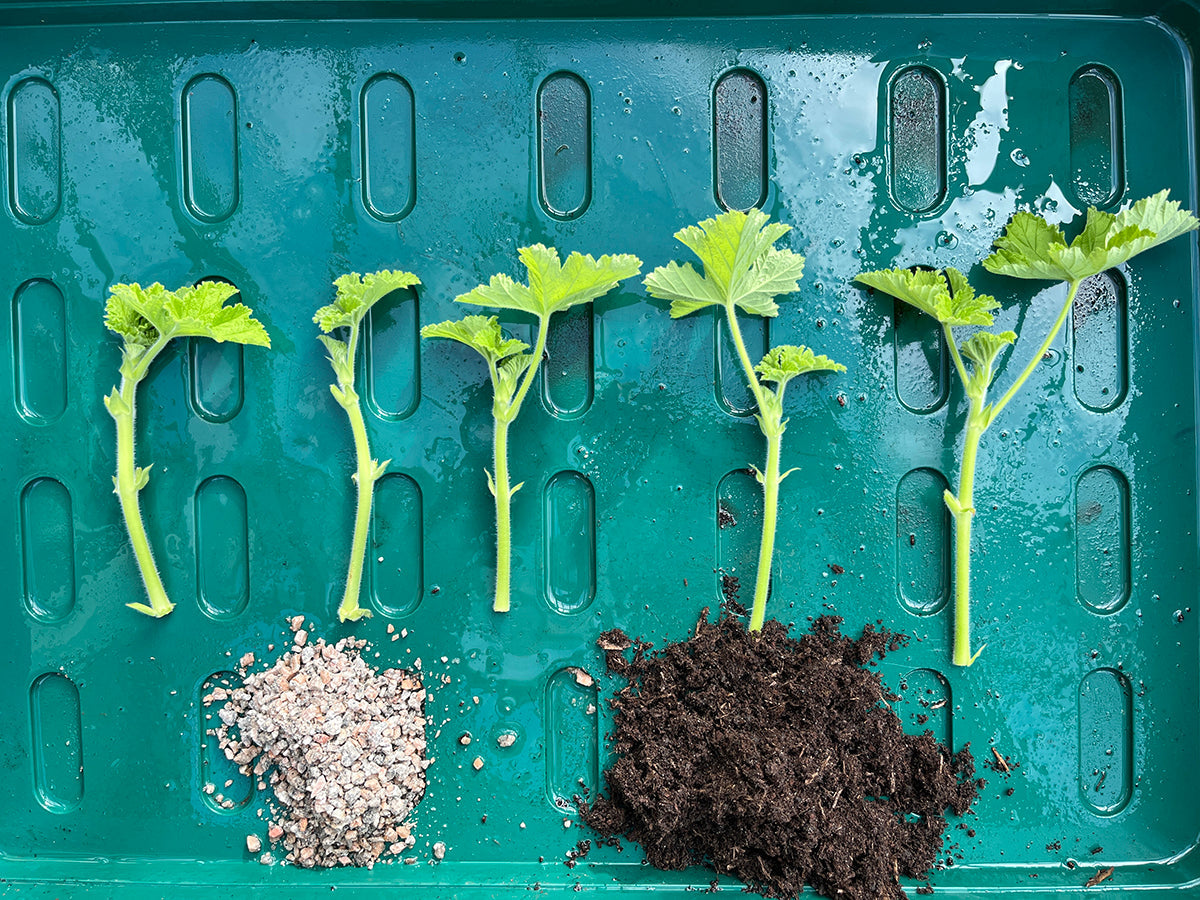Should it stay or should it go?

It’s as though someone has thrown a big switch in the Genus garden. One week nothing. The next week WEEDS - a rash of green. In all of the beds, sycamore seedlings are undoubtedly the worst offenders, popping up in pots, in the gutters, in the lawns and in the flower beds. Thankfully it’s an easy if somewhat laborious task to remove them.
Speedwell, known to her friends as Veronica, is almost as abundant. Filling our north-facing border and the gravel surrounds with her delicate, hairy stems, and leaves, she tries to charm us with her delicately veined baby blue flowers. Experience tells us that if leniency is granted, thousands of her progeny will arrive uninvited to the party. Dandelions too - in the borders we remove them, feeling rather proud if on removal the long tapering tap root remains attached to the leafy crown. In the orchard lawn, we leave the dandelions where they remain one of the earlier sources of nectar for bees.
And there’s the quandary - what should stay and what should go? We’re pretty good arbitrators these days. With a deeper understanding of the importance of ‘weeds’ to the biodiversity of our gardens, many now get to stay. Celandine (Ficaria verna) is a rampant, some would say invasive, weed. It carpets our woodland garden in spring sending out advance parties into the gravel paths. Rather than try and fight it we enjoy its bright yellow, star-shaped flowers and glossy kidney-shaped leaves. The beauty is fleeting - in a few months the flowers will have faded and the whole plant retreated underground ready to appear again next spring.
Cow parsley (Anthriscus sylvestris) edges the two small copses at either end of the garden. Targeted with the strimmer by some gardeners, we prefer to let it grow free, in late May it’s billowing white sprays of flowers smothered in insects and a sure sign that summer is about to arrive.
Another wildflower considered a weed by many is the diminutive Dove’s foot Cranesbill (Geranium molle). This beautiful little plant, a native annual, with dissected, lobed leaves, is very much a gardener's geranium in miniature. At most, we’ll thin out its numbers but prefer to leave it and see its small pink flowers visited by bumble bees whose bulk results in the flower stems bowing to the ground.
Taking a more relaxed approach to ‘weeds’, and seeing them as the wildflowers they are, not only benefits the wildlife but it’s also labour saving. A win-win as far as we’re concerned.











